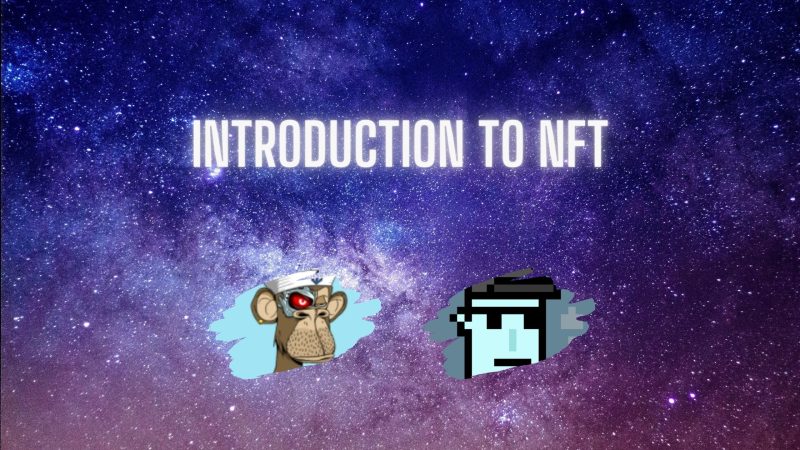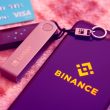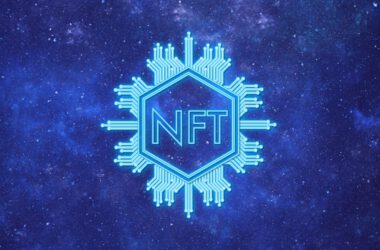A collectible item, which is backed by a specific type of blockchain token, is also known as an NFT. For the wider public, NFTs look as if people are just sharing JPEG files or videos, often causing puzzlement as to why some collectibles manage to command exorbitant prices.
NFT skeptics claim that anyone could own the underlying asset, by simply downloading it. However, they cannot resell it to extract the same value, which requires the ownership of the actual crypto token.
Why Own the NFT
Owning the NFT means being able to always control the digital object and re-sell it for value. In the simplest type of collectible, the JPEG image will be hosted on a server or a cloud service, usually controlled by one of the NFT platforms – OpenSea, Binance NFT or another up and coming service.
In the case of games, the in-game items will be protected by the game’s creators, who will also ensure the scarcity and value of those items.
Owning an NFT is thus the answer to carrying full ownership rights, which are transferable through a blockchain transaction to the new owner. NFTs are also well-protected by the cryptography of the blockchain and the generally secure cryptocurrency wallets, and can be fully controlled by the owner.
Over time, an NFT item may build a history of ownership and add to its authenticity.
What are the Risks of NFT Ownership
Some of the risks of owning NFTs are highly unpredictable. Occasionally, a single item will sell for thousands of ETH. Analysis shows not all of those deals are between real counterparties, but may be deliberate attempts to fake a successful price auction.
Other risks include dishonest projects or copycat collections. To avoid buying a faked asset, make sure you are only buying from verified accounts on NFT platforms.
How to Spot an NFT Scam
No one can take an NFT from a wallet without the owner’s explicit permission. But sometimes, human mistakes happen. One of the recent attacks to steal an NFT is to suggest a private sale, then lead the NFT owner to a Discord channel.
A trick asks to change the wallet settings to Arabic, so the wallet owner may follow instructions blindly and unknowingly expose the wallet’s private keys. Then, the token can be stolen out of the wallet. So if a token deal does not work on any of the official platforms, it’s best to leave it aside.
Why Play to Win Boosts NFTs
The problem with NFT collections is that they boom and go bust within days, much like earlier token sales and pumps. Within a gaming environment, however, a specific item can be in-demand and useful within the storyline.
NFTs in play to earn are thus more protected from illogical price fluctuations. Because a game usually has a robust community around its storyline and achievements, it is less probable that an item will gain value and then lose it just as fast, based on mere hype.










